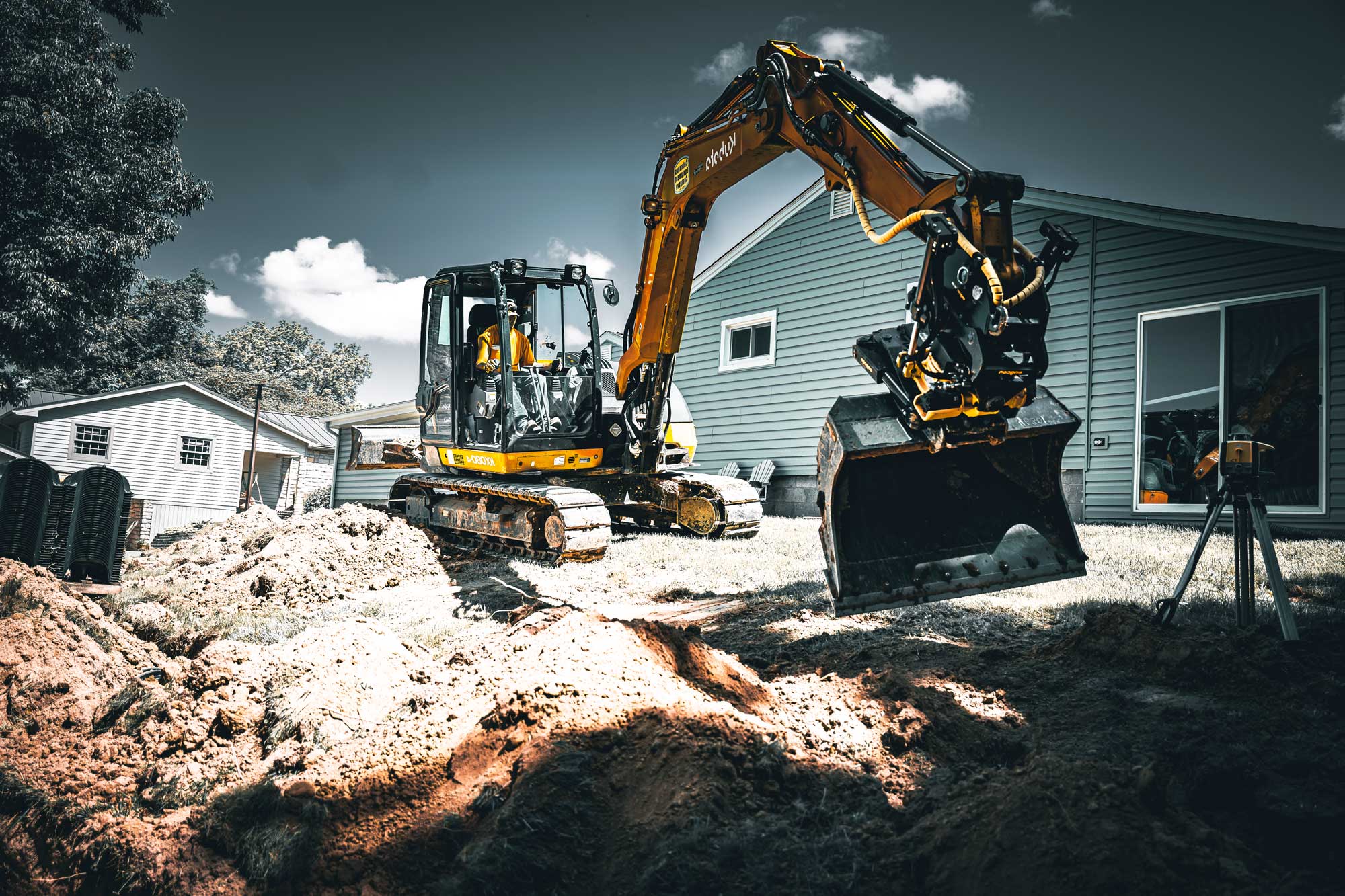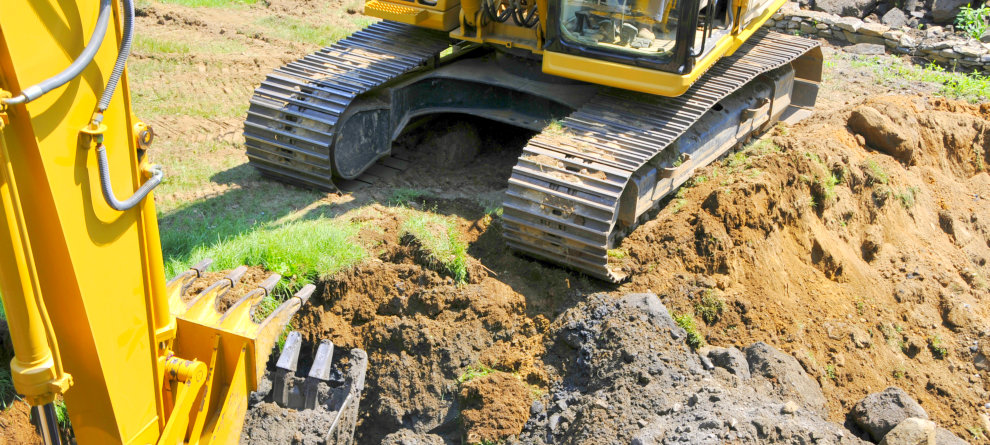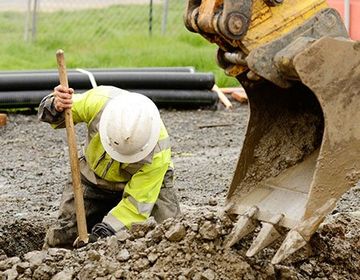Dump Truck Companies in Ohio - Reputable Dump Truck Solutions Throughout Ohio
Dump Truck Companies in Ohio - Reputable Dump Truck Solutions Throughout Ohio
Blog Article
Thorough Expedition: The Scientific Research Behind Superior Excavation Practices
From old hand tools to modern hydraulic excavators, the evolution of excavation techniques has actually been a testimony to human ingenuity and technological innovations. What truly sets premium excavation techniques apart is a deep understanding of geological principles, paired with the usage of sophisticated devices and techniques.
Advancement of Excavation Methods
Throughout history, the advancement of excavation methods has played a vital duty in advancing building practices and historical explorations. From the rudimentary tools made use of by our ancestors to the innovative equipment employed in modern-day times, the progression of excavation methods has actually dramatically transformed just how we approach numerous jobs.
In old times, manual work with basic tools such as pickaxes, shovels, and wheelbarrows was the main method of excavation. This labor-intensive process limited the deepness and scope of excavations, usually leading to slow-moving progress and limited accessibility to specific sites. Nevertheless, as civilizations progressed, so did the strategies and tools utilized for excavation.
The Industrial Revolution marked a turning point in excavation experiment the intro of steam-powered equipment. This development reinvented the area, enabling faster and much more comprehensive excavations. In modern times, modern technology plays a critical function in excavation, with advancements like GPS systems, drones, and 3D scanning improving accuracy and performance in the area. The advancement of excavation techniques continues to shape the way we build, explore, and comprehend the globe around us.
Duty of Modern Technology in Excavation

The combination of innovative innovation has fundamentally changed the area of excavation, improving precision and performance to unmatched levels. One of the essential technological innovations that has substantially impacted excavation techniques is the application of GPS systems. These systems enable specific mapping of excavation websites, enabling drivers to precisely locate below ground utilities and frameworks. Furthermore, the use of telematics in excavation devices has allowed real-time monitoring of maker efficiency, causing proactive upkeep and increased functional productivity.
Moreover, the advent of 3D modeling and simulation software application has structured the preparation process for excavation tasks. Engineers and operators can currently visualize the entire excavation procedure prior to beginning, identifying prospective obstacles and maximizing operations. In conjunction with this, the implementation of drones in excavation activities has actually helped with airborne studies, volumetric dimensions, and website inspections with unrivaled speed and accuracy.
Geological Concepts in Excavation
An understanding of geological principles is vital for making sure the architectural honesty and security of excavation websites. Geological variables play an essential duty in figuring out the expediency and read what he said safety and security of excavation tasks (lancaster excavation). One key geological principle to take into consideration is the kind of dirt or rock existing at the website. Various soil types, such as sand, gravel, or clay, have differing degrees of stability and require different excavation methods. As an example, cohesive soils like clay may call for added assistance to stop collapses, while sandy dirts might be susceptible to erosion during excavation.
By performing extensive geological studies and analysis, excavators and designers can create approaches to reduce threats and ensure the successful conclusion of excavation tasks. Ultimately, integrating geological concepts right into excavation practices is important for attaining secure, efficient, and sustainable results.

Most Recent Devices for Excavation
In the world of excavation techniques, modern technologies in devices have transformed the efficiency and precision of excavation processes. Among the current devices making waves in the market is using drones furnished with sophisticated imaging technology. These drones can offer detailed airborne studies of excavation sites, providing real-time information on topography and possible dangers. This info aids in far better preparation and decision-making during the excavation process.
Another cutting-edge device gaining appeal is the application of 3D printing technology for developing customized excavation equipment. This enables the production of specialized tools that are customized to the details requirements of a project, enhancing efficiency and decreasing downtime.
Furthermore, improvements in materials scientific research have brought about the advancement of more powerful and much more sturdy excavation tools. septic ohio. Tungsten carbide-tipped excavator accessories, for instance, offer remarkable performance in difficult ground problems, enhancing performance on-site
Scientific research's Impact on Excavation Practices

Furthermore, clinical study on soil auto mechanics and geotechnical engineering has actually provided important understandings right into dirt behavior, allowing excavation experts to make enlightened decisions relating to excavation approaches and dirt stabilization techniques. Generally, scientific research proceeds to drive innovation and click enhancement in excavation techniques, making excavation projects more efficient, affordable, and lasting.

Conclusion
To conclude, the evolution of excavation strategies has actually been significantly influenced by advancements in modern technology and a much deeper understanding of geological principles. The most recent devices and equipment used in excavation have actually enhanced effectiveness and accuracy in the area. The application of scientific expertise has actually significantly boosted excavation methods, resulting in more reliable and sustainable methods for digging deep into different types of materials.
In the realm of excavation methods, contemporary innovations in tools have actually changed the efficiency and precision of excavation procedures. By leveraging clinical principles, the excavation industry has actually been able to dramatically boost performance, accuracy, and safety in excavation processes. GPR enables excavation teams to non-invasively check and map subsurface frameworks, utilities, and potential threats, allowing them to plan excavation projects with better accuracy and lowered danger of accidents.
In addition, clinical research on dirt auto mechanics and geotechnical engineering has actually offered important insights right into soil actions, enabling excavation professionals to make enlightened decisions regarding excavation techniques and dirt stablizing techniques. On the whole, scientific research continues to drive technology and enhancement in excavation techniques, making excavation jobs more reliable, affordable, and lasting.
Report this page